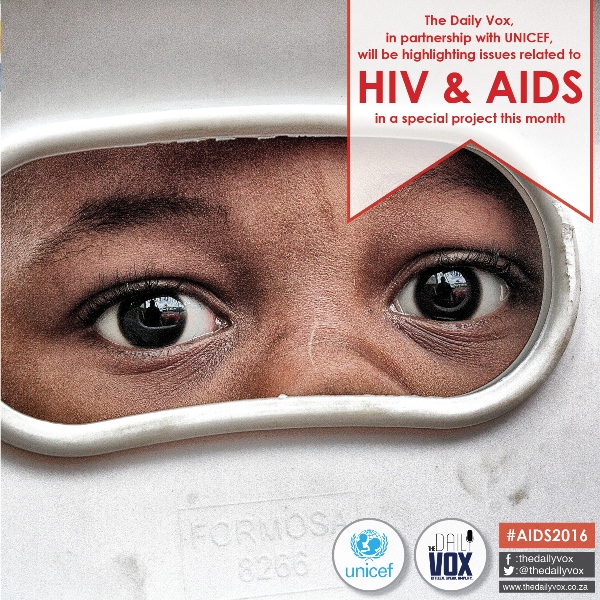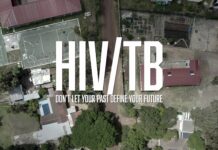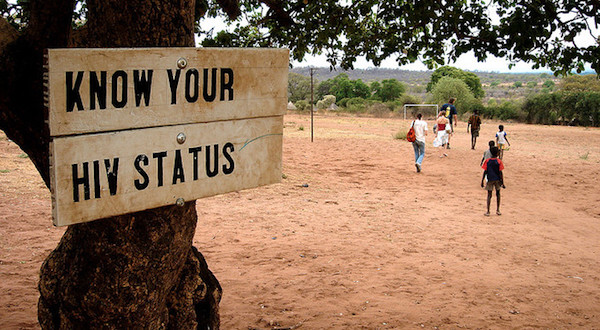Matola-Gare is one of the most densely populated areas of Maputo. A score of mothers with their babies clinging onto them queue in and outside the general clinic situated on the busiest road in the industrial area. The clinic is also used as a maternity care ward and caters to an estimated 500 patients a day. After standing in the long queue, a mother releases her infant baby from the cloth wrapped around her. The baby, with a face as small as a human fist, is laid on a hospital bed amid the bustle of the clinic. Soon, the screeches of the baby fill the air, as a nurse pricks his foot for a drop of blood. It’s all part of the process of new HIV diagnostic technologies recently introduced at this health facility.
With funding from UNITAID, the United Nations Children’s Fund (Unicef) and the Clinton Health Access Initiative (Chai), seven countries: Ethiopia, Kenya, Malawi, Mozambique, Tanzania, Uganda, and Zimbabwe are receiving support to evaluate and scale up new point-of-care (POC) technologies for CD4, Â early infant diagnosis, and viral load HIV testing. The use of a new generation of POC diagnostics is speeding up clinical decision making by reducing test-to-result turnaround time to one patient visit.
The mother at the clinic would know the results of her baby’s test by the end of their visit to the clinic. Others, however must wait weeks for the results.
According to Chai laboratory specialist, Chishamiso Mudenyanga, there is currently a 28-day wait for HIV test results for babies, tested at eight weeks, when using the paper-based system. However, with the use of mobile tablets, children can be tested and results provided in less than an hour, so treatment can begin immediately if a positive result is received.
“These small battery-operating machines have made a huge difference because we’re able to test babies and get results the same day. This means that we’re able to get the babies on treatment as soon as they’ve tested positive. Because of the speedy processes, we’ve seen an increase in mothers adhering to treatment,†Mudenyanga said.
He added that with the conventional method, mothers would wait for anything between three months to a year to get their babies’ results, which delayed the children receiving treatment early.
The World Health Organisation recommends that children exposed to HIV be tested within four to six weeks of birth, followed by immediate antiretroviral treatment (ART), for the greatest chance of reducing mortality. However, infant diagnosis rates and early infant diagnosis during and after the recommended breastfeeding period remain poor in many countries, with most children being diagnosed after the age of three years.
Fatima Fumo, a nurse at the Maputo clinic that has rolled out the POC technology said the machines had made all of the difference, including improving service delivery.
“Mothers no longer have to come to the clinic on different days to get their babies tested or to get the results. They walk into one room to get tested, wait about an hour for their results and if the baby is positive, they walk into the next room to start the treatment immediately. If the baby is negative, mothers are encouraged to continue routine check-ups,†said Fumo.
Approximately more than one million pregnant women are living with HIV worldwide. Without intervention from global organisations and governments, nearly half of these women would transmit HIV to their children.
Elimination of mother-to-child HIV transmission has been a core focus of Unicef’s work, and the reduction of the rate of mother-to-child transmissions of HIV has been one of the great successes in the global response to HIV/AIDS. Through partnerships with global organisations and government, millions of new infections among children have been prevented. One way in which this has been done is with the introduction of point-of-care HIV diagnostic technologies in countries with a high burden of HIV/AIDS, such as Mozambique. This has resulted in a significant reduction of morbidity and mortality rates.
HIV progresses quickly in babies, making early diagnosis the difference between life and death. Prompt infant diagnosis is the first step to keeping babies living with HIV healthy and support their mothers.

According to Unicef, three in five pregnant and breastfeeding women living with HIV received ART to prevent mother-to-child transmission of HIV. There’s also been a 60% reduction in AIDS-related deaths among children between the ages of zero and four years old since 2000. Of the 2.6 million children under 15 living with HIV, one in three is on treatment.
Today, a majority of pregnant women living with HIV in low- and middle-income countries are receiving treatment to remain healthy and to prevent HIV transmission to their babies – averting 1.6 million new infections among children since 2000. As impressive as progress has been, it is not universal. More than 1,000 children and adolescents (0–19 years old) still acquire HIV every day.
By the end of 2014, lifelong antiretroviral treatment (Option B+) reached 60% of pregnant women in countries in sub-Saharan Africa, which accounted for nearly 90%of the global HIV burden. This resulted in less than 200,000 new paediatric HIV cases in 2014, down from a peak of over 550,000 in 2000. South Africa has made the greatest progress, reducing new HIV infections among children aged 0 and 14 years old from 38,000 in 2009 to 9,200 in 2014.









